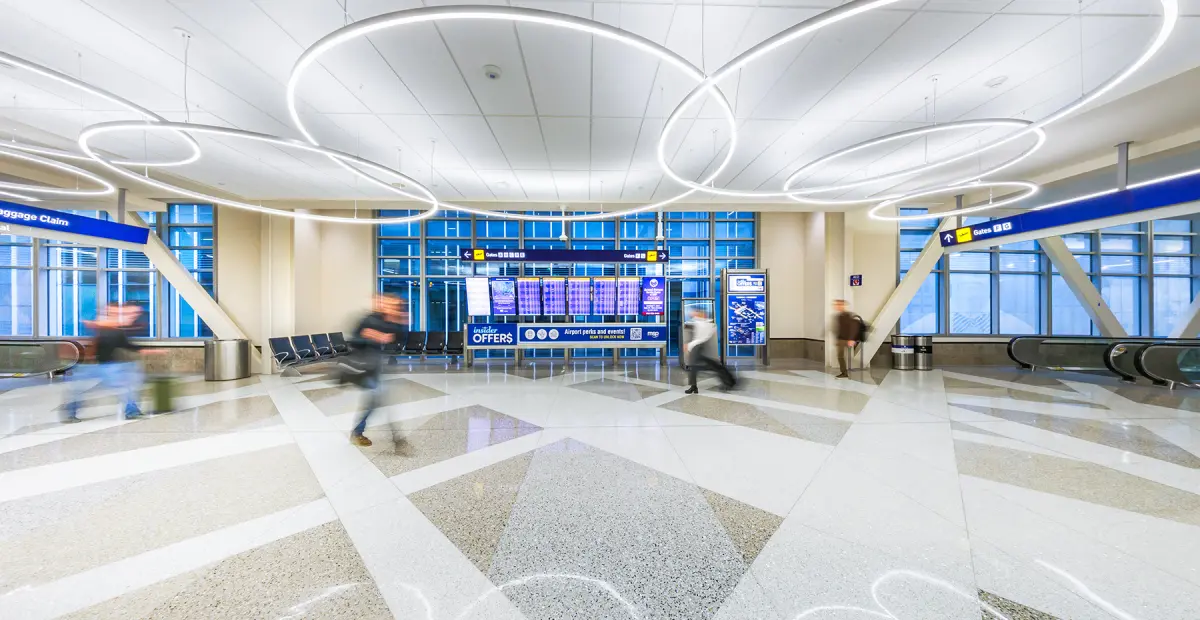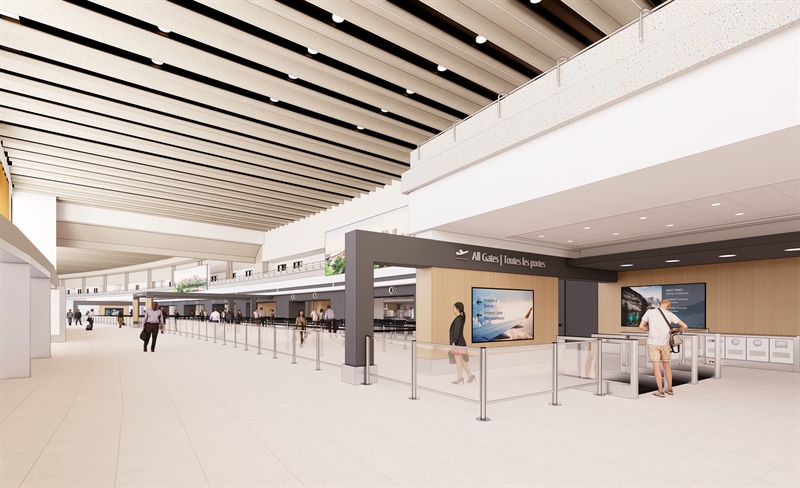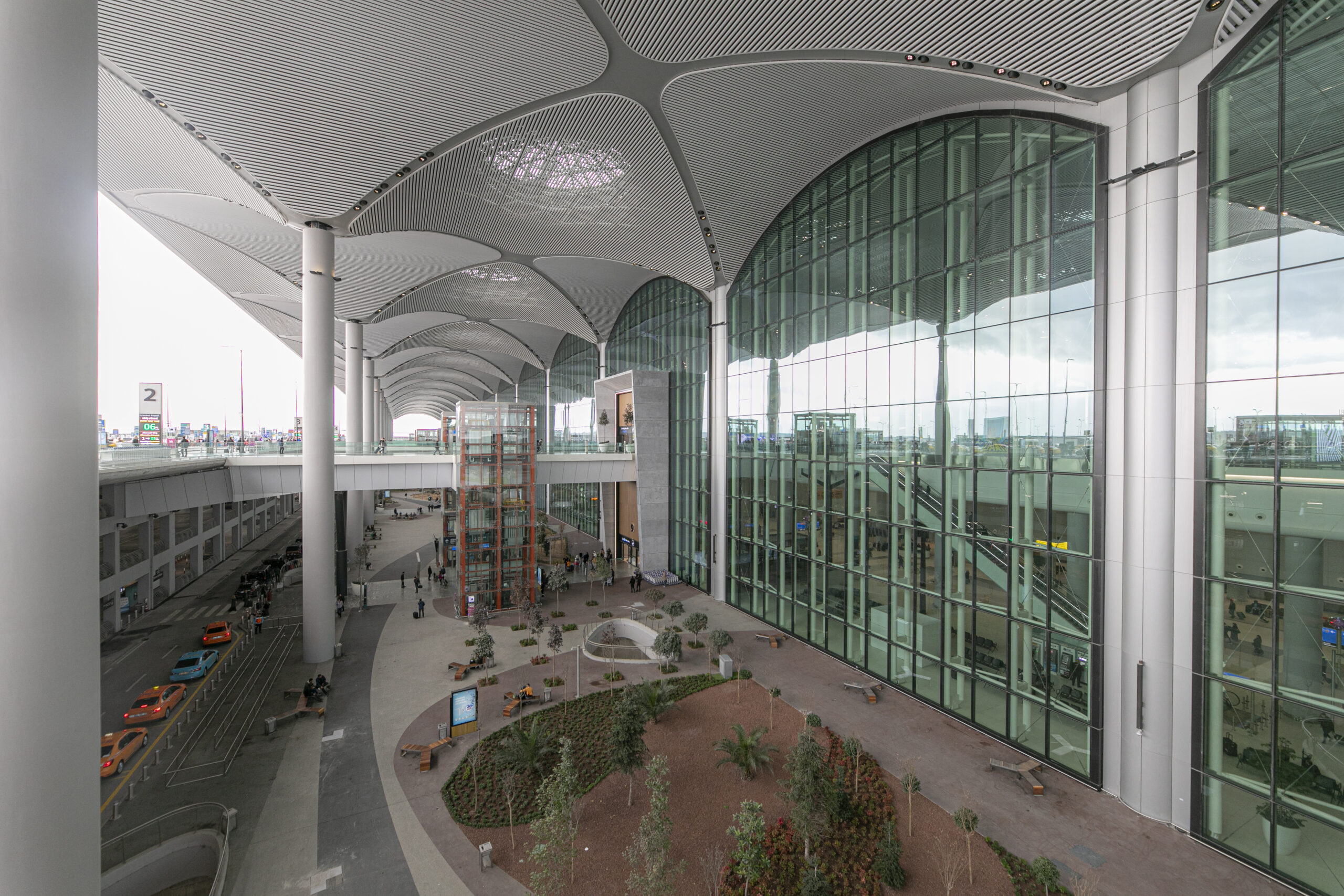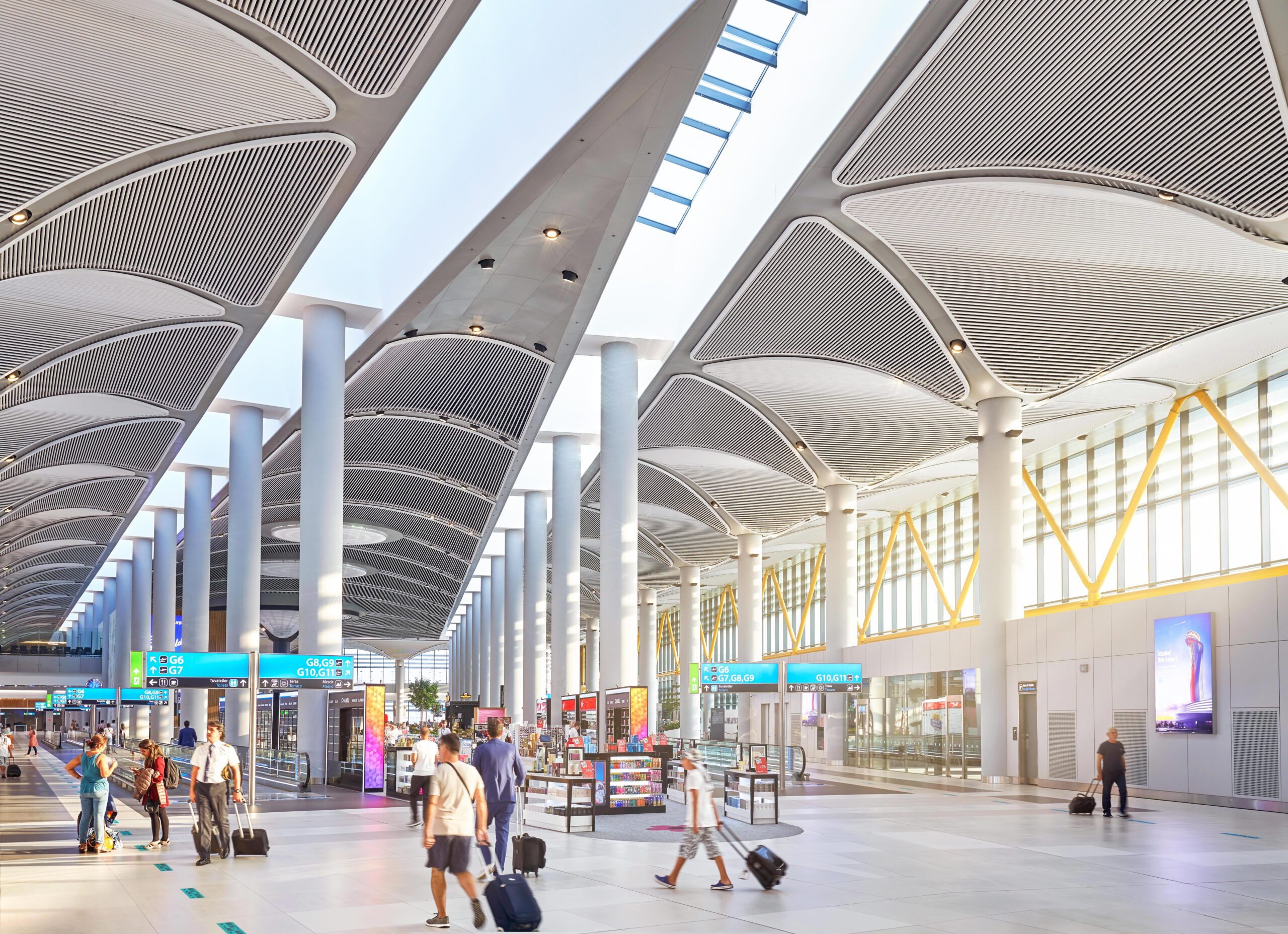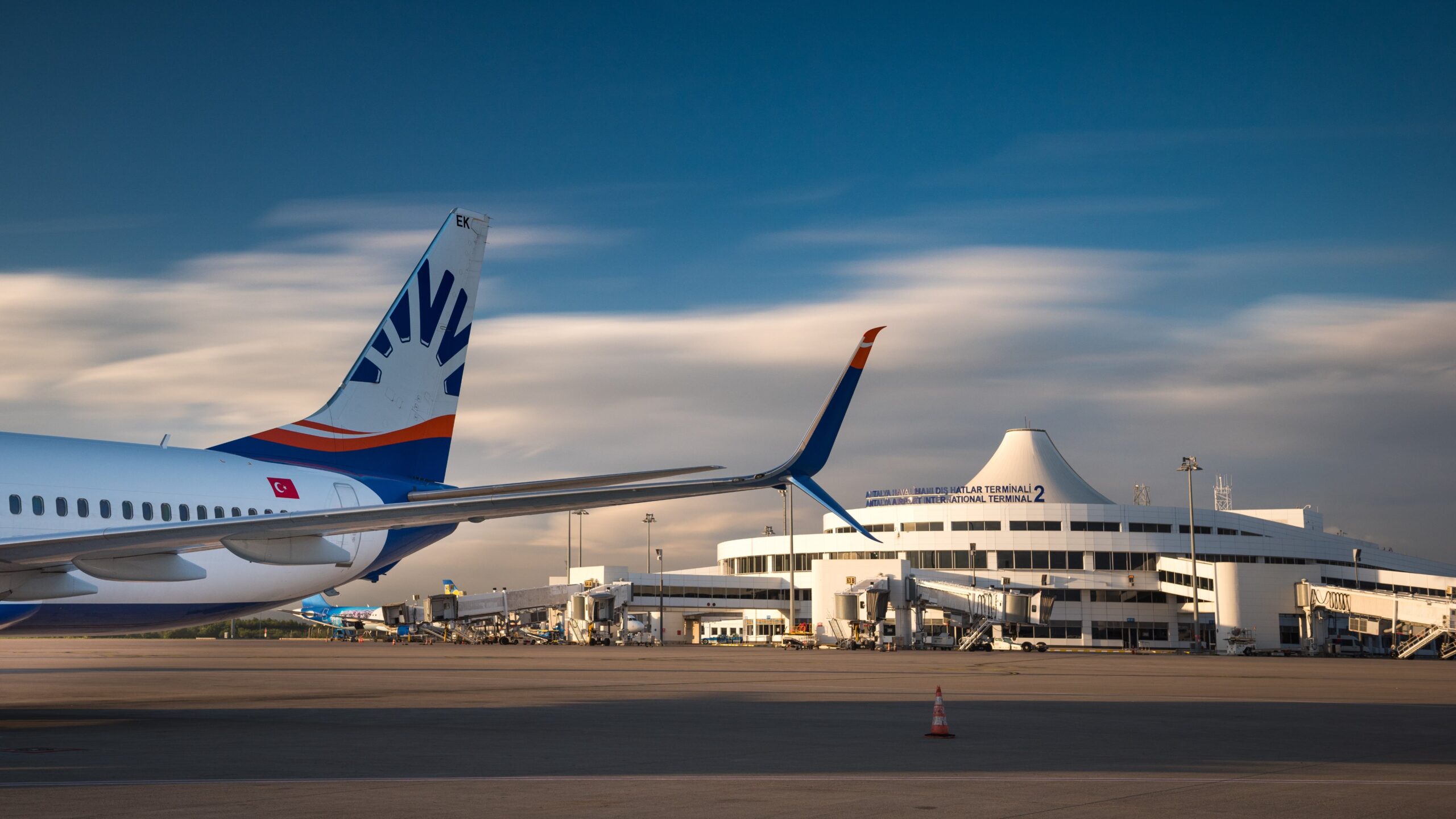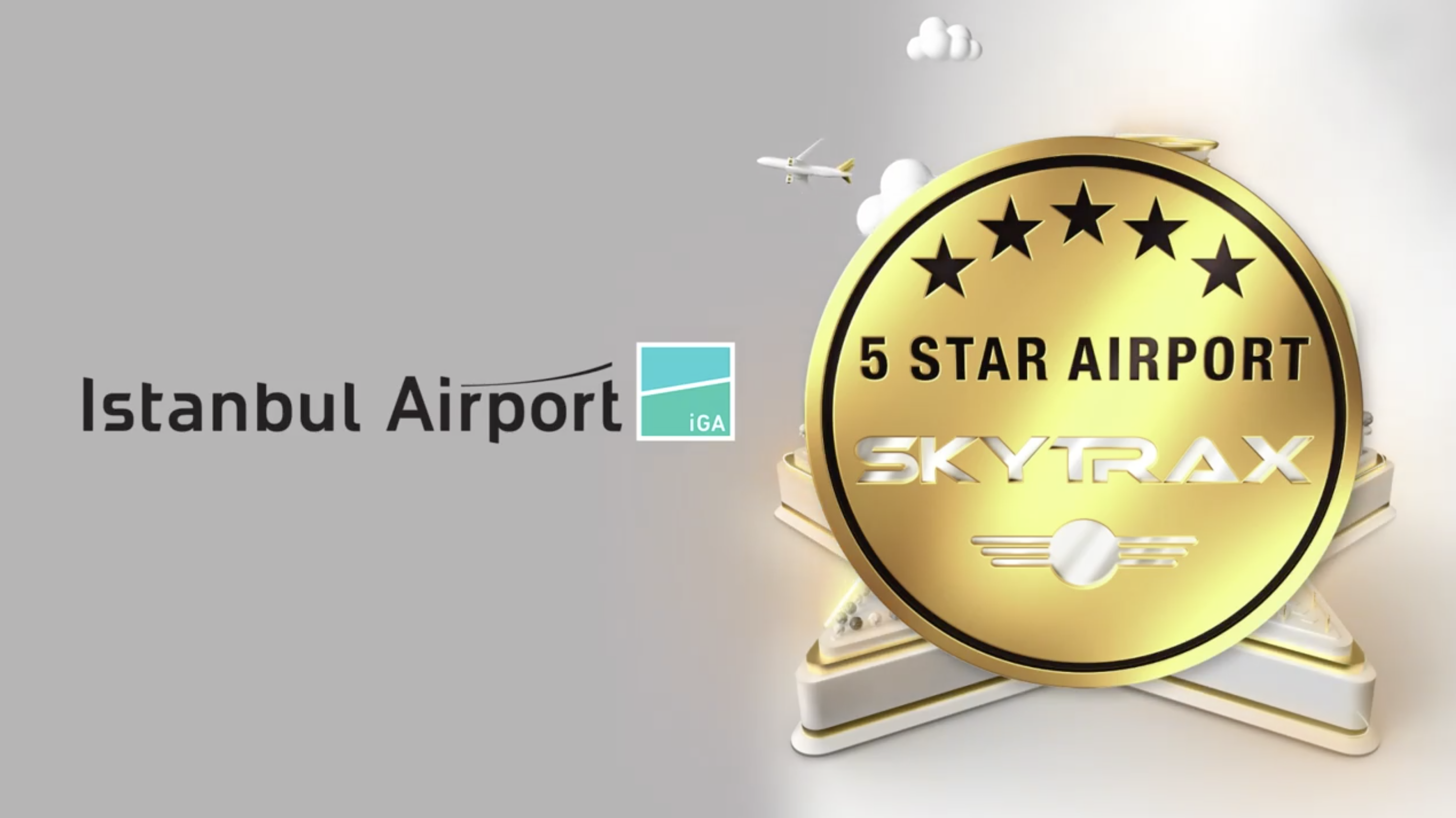New Passenger Flow Management System Heightens Safety and Efficiency at ISG
Istanbul Sabiha Gokcen International Airport (ISG) in Turkey has implemented a new passenger flow management system to heighten passenger safety and operational efficiency. The system, known as Xovis PTS is part of the Group-wide Airports 4.0 digital initiative aimed at improving travelling experience at airports within the new norms. The Xovis PTS comprises 184 state-of-the-art sensors that will automatically detect congestion at touchpoints, providing real time information to the airport’s main command centre so that quick action can be taken manage and resolve the situation. It also features a passenger tracking and area occupancy system that monitors and directs passengers to the next available queue line or facility at either immigration, security check points or washrooms so that wait times can be reduced and full compliance to physical distancing measures can be ensured.
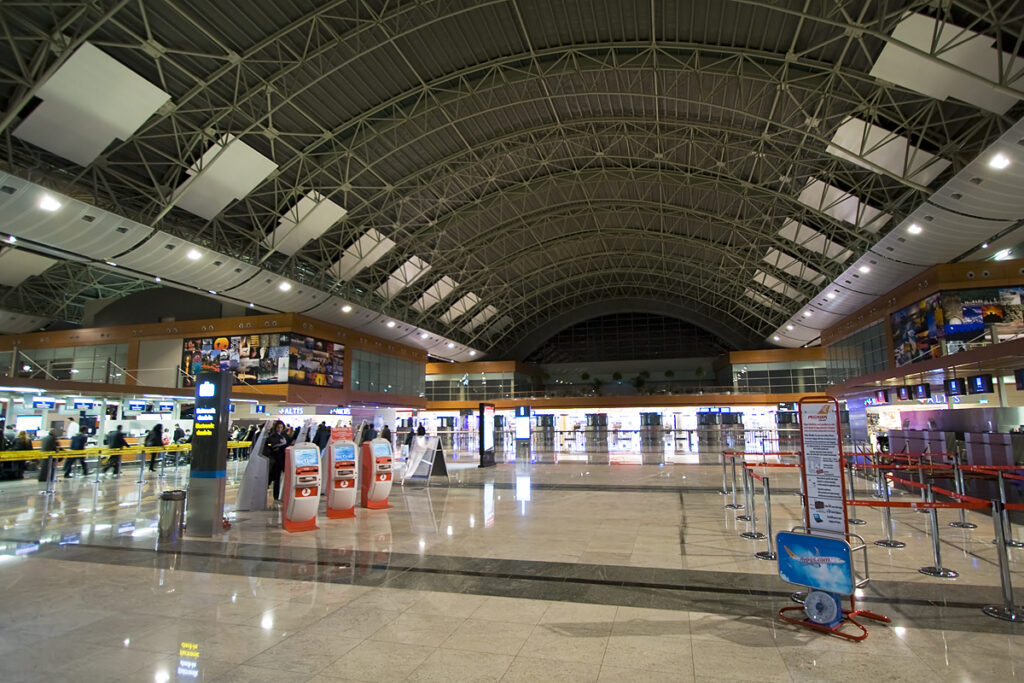
According to group chief executive officer (Group CEO), Dato’ Mohd Shukrie Mohd Salleh, Malaysia Airports has expedited many of its digital initiatives to prepare for travel resumption.
Group CEO, Dato’ Mohd Shukrie Mohd Salleh, said:ISG’s encouraging recovery continues as can be seen by its August traffic data. We recorded the highest daily passenger movements for the year so far on 15 August at 110,972 passengers. In July, there was a 35% increase in total passenger movements at 3 million compared to the month before. This is already at 89% of our pre-COVID performance. The pandemic has certainly introduced another level of complexity to airport processes and ISG’s more robust recovery is a good testbed to showcase technology that ensures passenger safety and convenience.
The Xovis PTS sensors have the ability to capture the positions of passengers accurately before delivering the data to the airport’s main command centre. The operations team will then use the real time data to plan its resources in advance, deploy them as needed and evaluate the efficiency and adherence to service level agreements as well as regulatory, health and safety compliance. The sensors, will help reduce passenger processing time at key touchpoints especially during peak hours. Realtime waiting times are also displayed on screens to help direct passengers to the next available queue line or facility. Screens at the entrances of washrooms also indicate occupancy levels to maintain the practice of physical distancing amongst passengers while using the facility.
Earlier this year, KL International Airport (KLIA) had also rolled out the Automated Queue Management System (AQMS) that leverages on 3D sensor technology to manage and reduce passenger wait times to under 10 minutes. Similar to the Xovis PTS, the AQMS is also part of the Airports 4.0 initiative that will ensure compliance and conformity to the new air travel Standard Operating Procedures (SOPs).
This article was originally published by MALAYSIA AIRPORTS HOLDINGS BERHAD.




